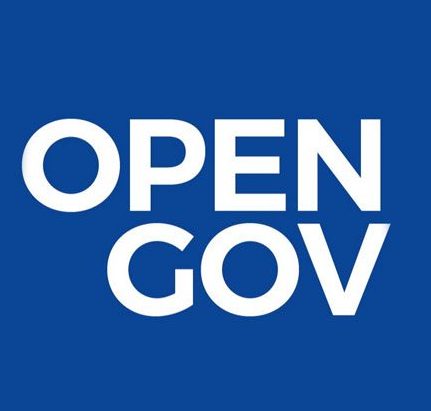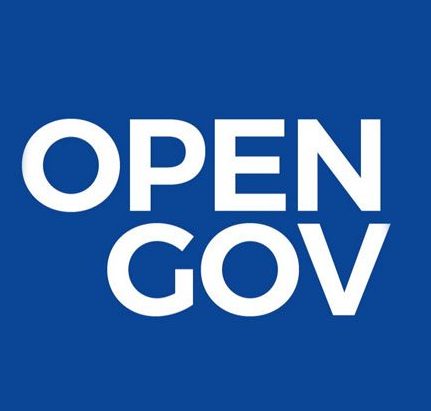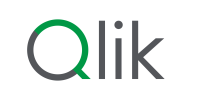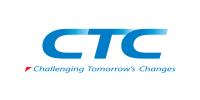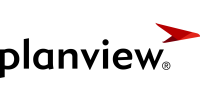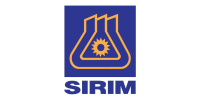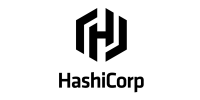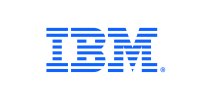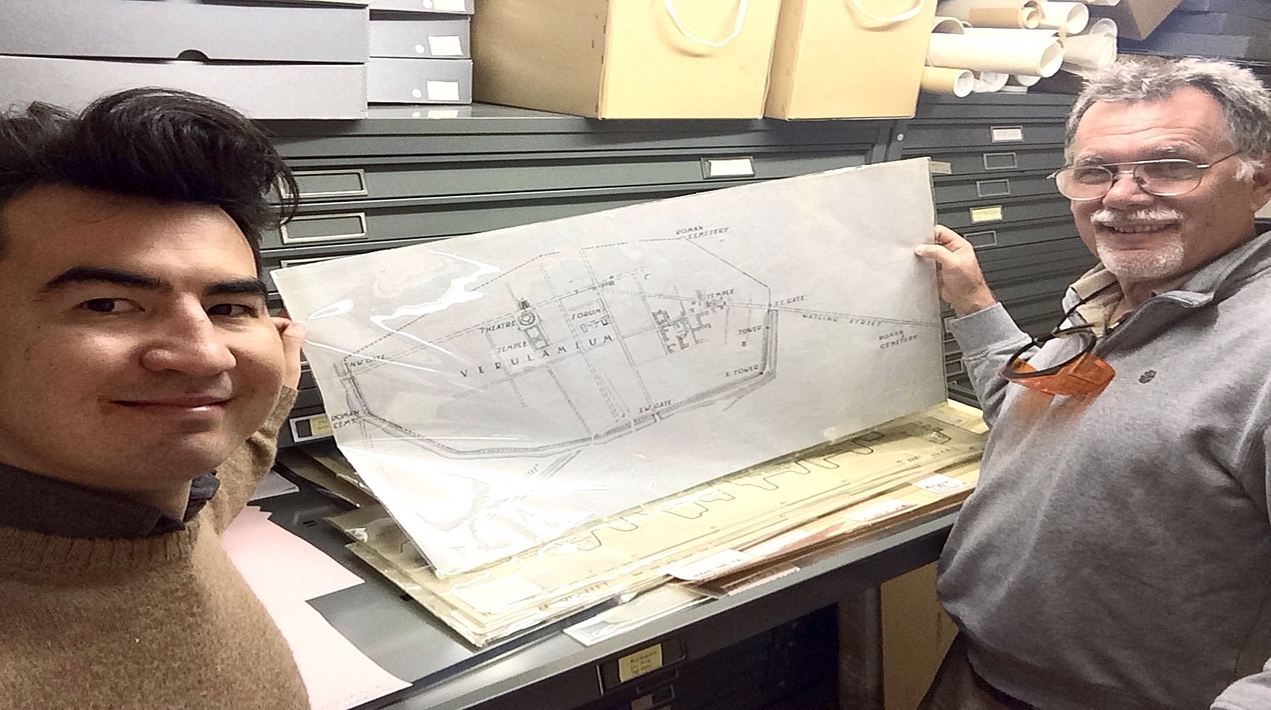
Using a highly advanced laser imaging technique on archaeological artefacts for the first time, a team led by a scientist at The Chinese University of Hong Kong (CUHK) has made brand new discoveries about well-studied artefacts originating from the Roman town of Verulamium (~AD50 – 450) in southeast England, which helps scientists understand history more comprehensively.
The team has developed a non-destructive imaging technique called Laser-Stimulated Fluorescence (LSF), in which high-power lasers cause artefacts to exhibit fluorescence, revealing unseen and often unknown information. This LSF technique has previously successfully revealed hidden soft tissues preserved in dinosaur fossils, been combined with drone technology to find fossils in the field and been used to study cave formations.
Dr Michael Pittman, Assistant Professor of CUHK’s School of Life Sciences applied this LSF imaging technology to the field of archaeology for the first time. The international team used LSF to study excavations, wall paintings, floor mosaics, church ceilings, pottery and glassware, which has revealed a range of new details, including how different objects were produced. Their findings have been published in The Journal of Archaeological Science: Reports.
LSF imaging of a bowl recovered from the Triangular Temple of southeast Verulamium in the 1930s revealed something the museum had never seen before, a painted symbol closely resembling the Greek letter gamma (Γ). Dr Pittman said, that this suggests the bowl was labelled by a Greek or someone who knew the language, or it was imported from the Greek-speaking world, inferences only possible with LSF.
LSF imaging of a vase from Verulamium revealed several human fingerprints on its surface. Mr Thomas G Kaye, the co-corresponding author of the study from the Foundation for Scientific Advancement, commented that the fingerprints appear to have been produced by a Roman worker handling the vase, while its surface was still wet.
Meanwhile, Dr David Thorold, Curator of Collections (Pre-Historic to Medieval), Verulamium Museum stated that the team is thrilled at the results of their use of this new imaging technology at the Verulamium Museum. The team’s many exciting finds demonstrate clear potential for continuing discoveries in the field of archaeology.
The research team also includes Professor Elizabeth Graham of the Institute of Archaeology, University College London (UCL). Dr Pittman is also affiliated with UCL’s Institute of Archaeology and with its Department of Earth Sciences.
According to recent research, fluorescence using ultraviolet (UV) light has been growing its use as a tool in palaeontology over the last decade. Laser-stimulated fluorescence (LSF) is a next-generation technique that is emerging as a way to fluoresce paleontological specimens that remain dark under typical UV.
The ability of a laser to concentrate very high flux rates both at the macroscopic and microscopic levels results in specimens fluorescing in ways a standard UV bulb cannot induce. Innovation uses of the technology include back-lighting opaque specimens to reveal detail and detection of specimens completely obscured by matrix are highlighted in these examples.
The recent cost reductions in medium-power short-wavelength lasers and the use of standard photographic filters are now rendering this technique widely accessible to researchers. Moreover, this technology has the potential to automate multiple aspects of palaeontology, including the preparation and sorting of microfossils. This represents a highly cost-effective way to address palaeontology’s preparatory bottleneck.
